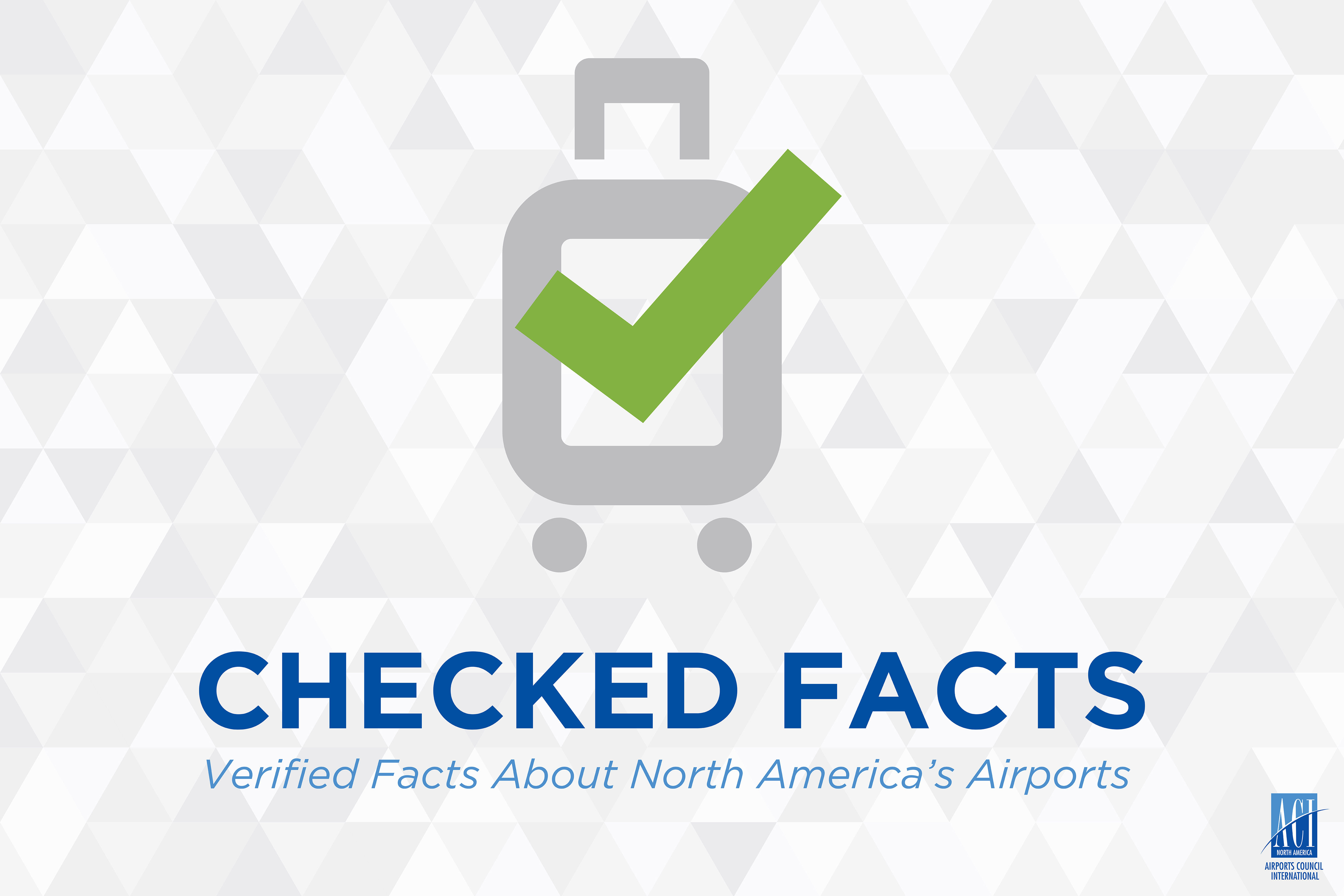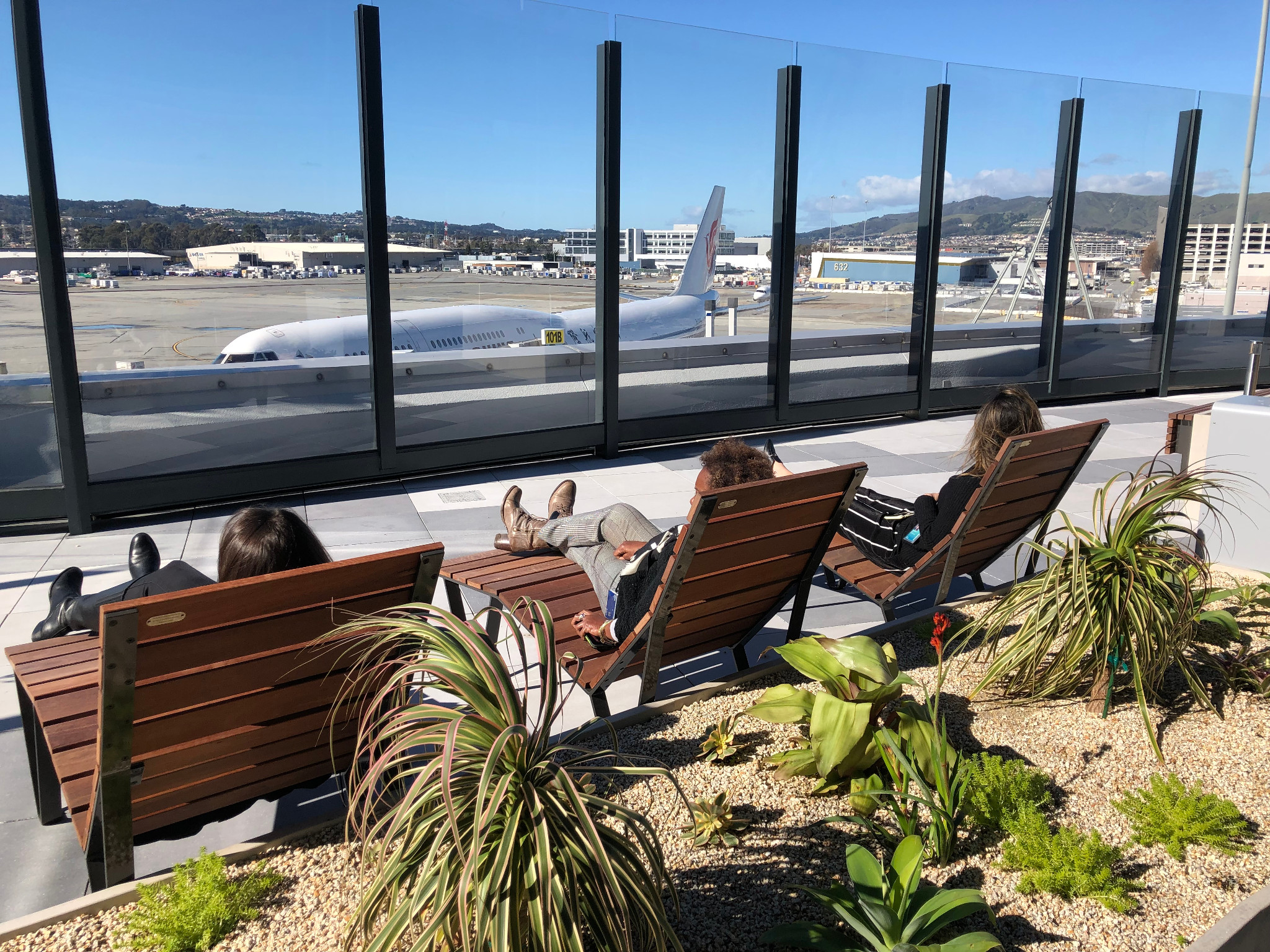This month, ACI-NA had the pleasure of co-hosting the first ever presidential candidate forum focused on infrastructure, offering candidates a platform to address key infrastructure issues that impact every American and discuss their visions for the future. The forum – called Moving America Forward – was moderated by The Wall Street Journal’s Washington Executive Editor Jerry Seib and Deputy Washington Bureau Chief Jeanne Cummings. Attendees included former Vice President Joe Biden, Sen. Amy Klobuchar (D-MN), former South Bend Mayor Pete Buttigieg, and Tom Steyer.
Notably, both Biden and Klobuchar expressed support for legislation that would increase the federal limit on airports’ Passenger Facility Charge (PFC). The PFC is a local user fee that airports rely on to repair facilities, improve the passenger experience, and increase airline competition that results in lower ticket prices. Unfortunately, the PFC has remained capped at $4.50 for the last 20 years and is simply insufficient to fund necessary infrastructure improvements by airports across the country.

U.S. airports face more than $128 billion in infrastructure needs by 2023. Modernizing the outdated PFC cap would allow our airports to fund critical projects, directly benefiting the experience of millions of travelers.
“There is clear, mounting evidence that the [funding] deficit is only getting worse, that there are growing infrastructure needs for airports, and we don’t have money to address them,” said ACI-NA Senior Vice President of Government and Political Affairs, Annie Russo, in a United for Infrastructure podcast ahead of the forum. “Absolutely, hands down, the way to solve the airport infrastructure funding gap is through the Passenger Facility Charge.”
“I hate the thought that our airports are lagging behind,” Klobuchar said at the forum. “I do think that we need to continue to upgrade our airports if we’re going to be able to compete.”

Increasing the PFC is an idea that’s gaining traction in Congress. Recently, a group of Representatives, led by House Transportation and Infrastructure Chairman Peter DeFazio (D-OR), proposed an infrastructure framework that includes language on lifting the PFC and indexing it for inflation.
More than 90 percent of swing state voters believe that the next President of the United States should prioritize a strong infrastructure system that bolsters the economy, creates jobs, protects consumer safety, and supports our security. As pillars of the national economy, fixing our airports’ infrastructure is paramount.
We’re encouraged that this issue is at the forefront of presidential candidates’ minds, and we look forward to continuing working closely with Congress and the White House to make these improvements.




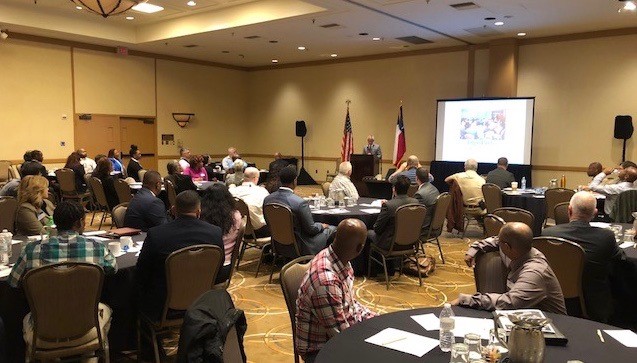



 About Jeff
About Jeff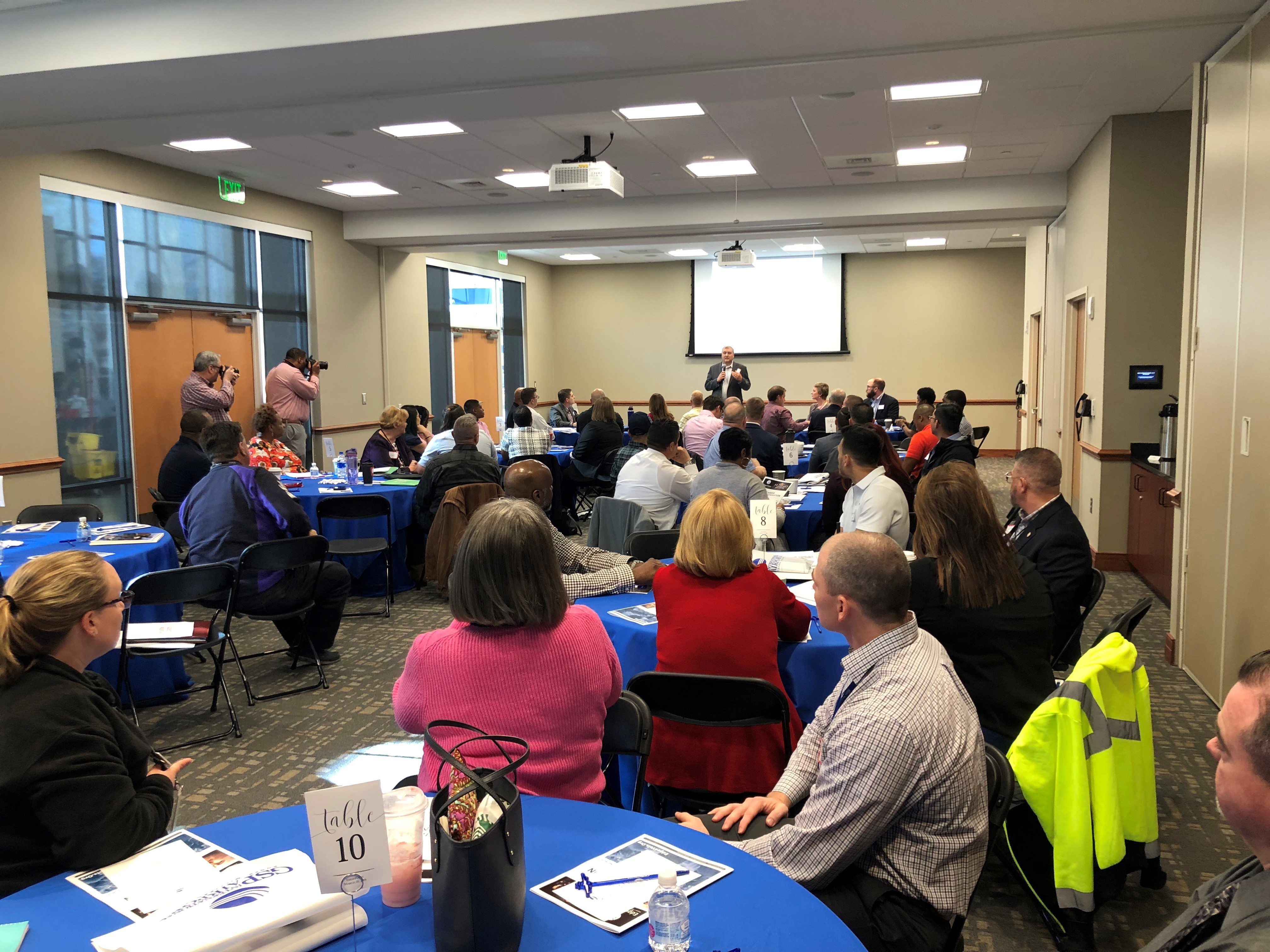

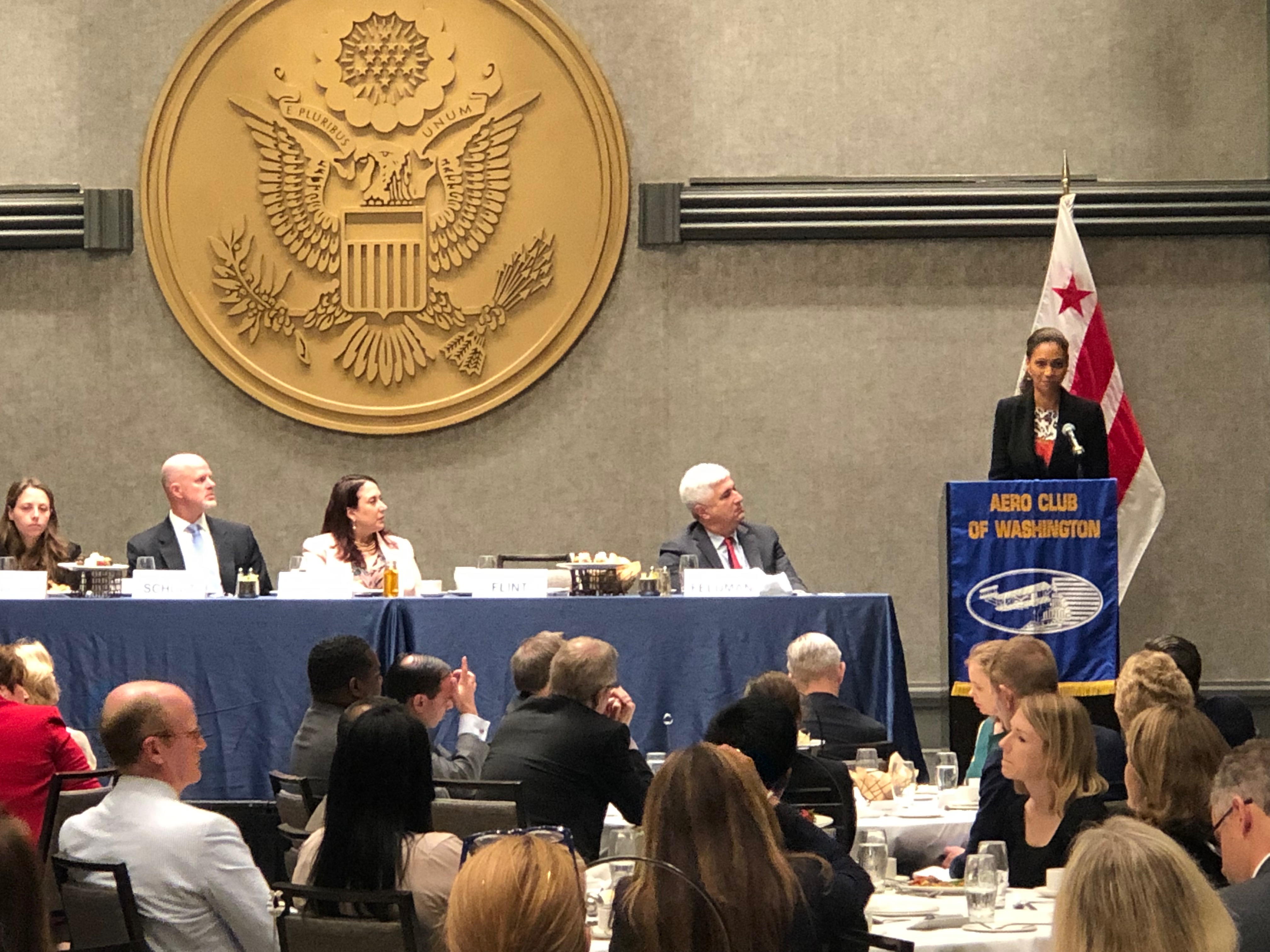
 Last week, Los Angeles World Airports Chief Executive Officer Deborah Flint addressed the Washington Aero Club at a lunch event in Washington, D.C. In her speech, Flint described Los Angeles International Airport’s (LAX) current $14 billion investment project and how it will help to relieve congestion and improve the LAX travel experience for passengers.
Last week, Los Angeles World Airports Chief Executive Officer Deborah Flint addressed the Washington Aero Club at a lunch event in Washington, D.C. In her speech, Flint described Los Angeles International Airport’s (LAX) current $14 billion investment project and how it will help to relieve congestion and improve the LAX travel experience for passengers.

